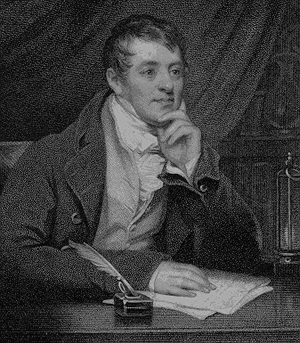Science of Conflict
Medicine


Science of Conflict Medicine |
|
| For the ancient civilisations the work of physicians was often confused with the work of priests. About the time of 1,000 BC the Ionians gave rise to the name "Physician" which meant extractor of arrows. Although they had given names to medical practitioners who tended the wounded, ancient military leaders had little interest in what medicine can do for a wounded soldier whose fate was left to the gods. Although Alexander the Great allowed medics to accompany him during his campaigns he had little faith in them. |  |
| A few doctors made head way in the treatment of battle wounds but their efforts largely went unnoticed. Even up to the mid 1500's soldiers that had sustained severe injuries to their limbs were left to die or if rescued were left to one side for at least three days to see if gangrene killed them. It they survived this ordeal they would then have to undergo amputation without an anaesthetic. Not surprising that many soldiers died of shock or loss of blood. Open wounds from amputation were cauterised with hot oil or red hot iron. | |
| Anaesthetics came onto the scene when in 1800 Humphry Davy , pictured on the right, described the effects of nitrous oxide as an anaesthetic. In 1831 chloroform was used as an anaesthetic and by 1845 was replaced by ether. The American Civil War of the 1860's popularised the use of anaesthetics, so much so that all operations in Europe and America were later conducted under anaesthetic. |  |